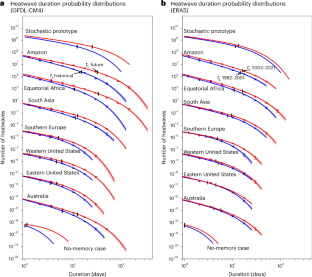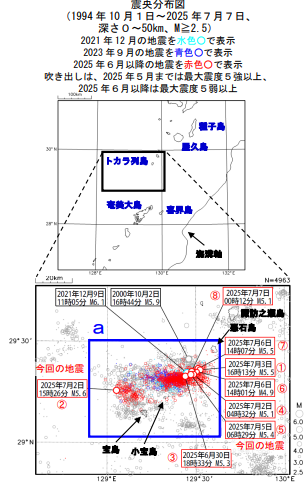2025-07-03 カリフォルニア大学ロサンゼルス校 (UCLA)
<関連情報>
- https://newsroom.ucla.edu/stories/air-quality-electric-vehicle-charging-stations-particulate-matter
- https://www.sciencedirect.com/science/article/pii/S0160412025003320
電気自動車急速充電ステーションから排出される微小粒子状物質 Fine particulate matter emissions from electric vehicle fast charging stations
Yuan Yao, Muchuan Niu, Haoxuan Chen, Qiao Yu, Qingyang Wu, Yuhang Li, Yijie Zhang, Aydogan Ozcan, Michael Jerrett, Yifang Zhu
Environment International Available online: 3 June 2025
DOI:https://doi.org/10.1016/j.envint.2025.109581

Abstract
The global shift to electric vehicles necessitates the expansion of Direct Current Fast Charging (DCFC) stations, yet the related environmental and public health impacts remain unclear. Here, we report that the power cabinet at DCFC stations emit fine particulate matter (PM2.5). We collected integrated filter samples from 50 DCFC stations across 47 cities in Los Angeles County, California. The daily PM2.5 concentrations were between 7.3 and 39.0 µg m−3, significantly higher than urban background sites (p = 0.02) and the nearest U.S. EPA monitoring stations (p < 0.0001). To understand the emission mechanism of these particles, we measured real-time PM2.5 mass concentration, particle size distribution, and other pollutants, as well as characterized particle chemical compositions on integrated filter samples. Our results indicate that these particles, primarily in the sub-micrometer range (0.5–1.0 µm), are likely due to particle resuspension from the power cabinets. PM2.5 samples from power cabinets showed higher levels of brake and tire wear tracers (Ba, Cu, Zn) and dust tracers (Ca, Al, Fe) compared to samples from nearby chargers and background sites. With no current emission standards for DCFC, managing particle resuspension is crucial for improving air quality and protecting public health as transportation electrification advances.



